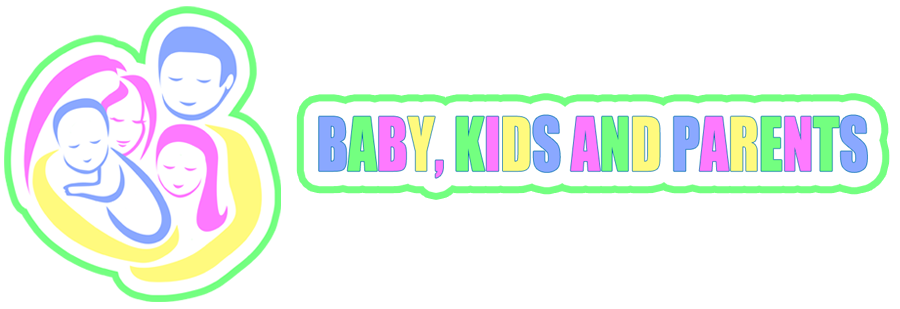
Edema (swellings) are common and normal in pregnancy. The most common causes of swelling of the legs, hands and feet in this period are weight gain and excess water which is retained in the body. Except that occur as a result of weight gain, edema can sometimes cause a lack of protein in the blood, which can be determined by analyzing and corrects with diet.
Swelling depends on external factors: for example, it is more noticeable in the evening, and after prolonged sitting or standing in the same position. Reducing edemas helps moderate physical activity (walking, swimming, and stretching). In the last three months of pregnancy, this phenomenon is almost inevitable, and usually goes away after childbirth. If the blood pressure and urine samples are in order, there is no reason for concern. It is important to reduce salt intake, yet enough fluid intake. It is preferable to drink eight glasses of water a day.
Reduce the chance of edema
Avoid uncomfortable and tight clothes and shoes, so as not to further slowdown circulation. Wear flat shoes, comfortable shoes and anatomic custom shoes.
A foot massage will bring you great relief. Whenever you can, lift your legs when sitting, especially if you are forced to endure sitting in the same position (for work, for example). When sitting, do not cross your legs - it impedes circulation, thus creating an edema. During extreme heat, the swellings are more pronounced, and avoid direct exposure to sunlight. Swellings in the evening generally disappear after you take a rest.
When swelling indicates a bigger problem
Swelling in pregnancy is inevitable. But if it is followed with high blood pressure (hypertension) and some determined findings in the urine, it indicates a serious problem. Namely, with preeclampsia with swelling of the hands and feet appear also elevated blood pressure and protein in the urine. In the absence of treatment, leads to more serious health problems - eclampsia. The liquid passes from the blood vessels into the tissues, which is obvious at first sight (swellings of the arms, legs and face).
High blood pressure during pregnancy must be taken seriously because it can cause serious problems during labor, and to endanger the life of the mother and child. It often leads to preeclampsia, and because of this blood pressure is checked during every doctor's visit. In addition, it is the only way to determine the existence of the aforementioned diseases.
Preeclampsia is the most common in first time mothers, very young pregnant women, or women who are over 35 years old. In many cases there is a genetic predisposition, and it should be mentioned to the doctor during the control. It usually occurs in the second and third trimester of pregnancy. The consequences of untreated preeclampsia may be premature or difficult birth, and seriously endangered the health of mothers and babies.
Signs that should not be ignored
That there is something wrong, a pregnant woman notes herself, and this is primarily related to swelling of the hands, feet, legs, arms, and face. Some of these symptoms are not cause for panic, but swelling of the hands and the face is a clear signal that urgently need to do additional analysis and eliminate suspicion. You should contact the doctor if there is a sudden increase in body weight. Obesity in pregnancy is not only aesthetic, but a possible health problem. According to the generally accepted rule, women should not gain more than 12 to 15 pounds during pregnancy.
The pressure is measured at each doctor visit during pregnancy, and "expected" score is 120 over 80, or slightly lower. Higher pressure (130 over 90, for example) require treatment and medical supervision, but also a change of diet and lifestyle during pregnancy. If with hypertension, urine findings indicates over 0.5 grams of protein, the diagnosis of preeclampsia is sure. Other signs which will pregnant woman with preeclampsia feel are headaches and vision problems.
Therapy and regular check-ups
The doctor will prescribe medication, regular monitoring of changes in pressure and body weight, urine control, as well as more rest. Increased attention is needed to the end the pregnancy.
Regular inspection is required to prevent the possible consequences, and if the situation is serious, it is sometimes necessary and hospitalization. The problem with preeclampsia in women who have already experienced it, sometimes is repeated in subsequent pregnancies.

